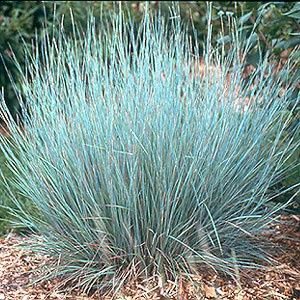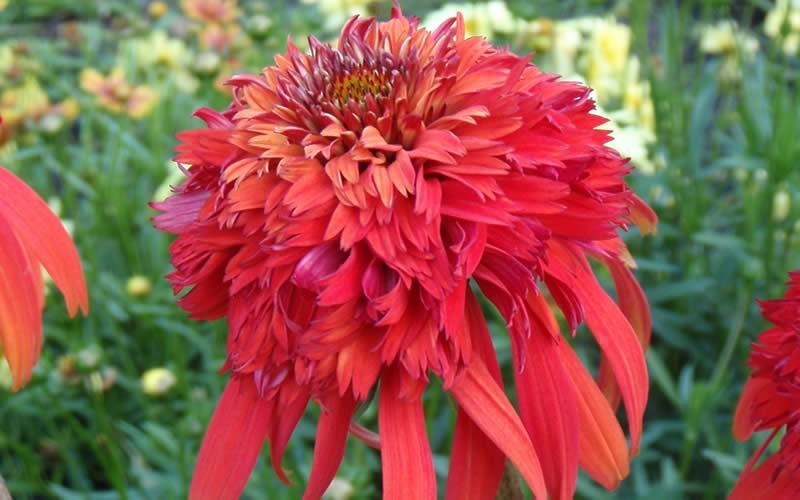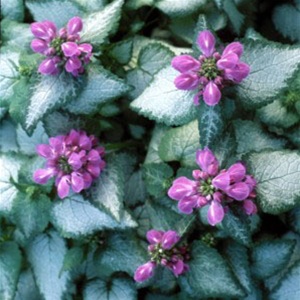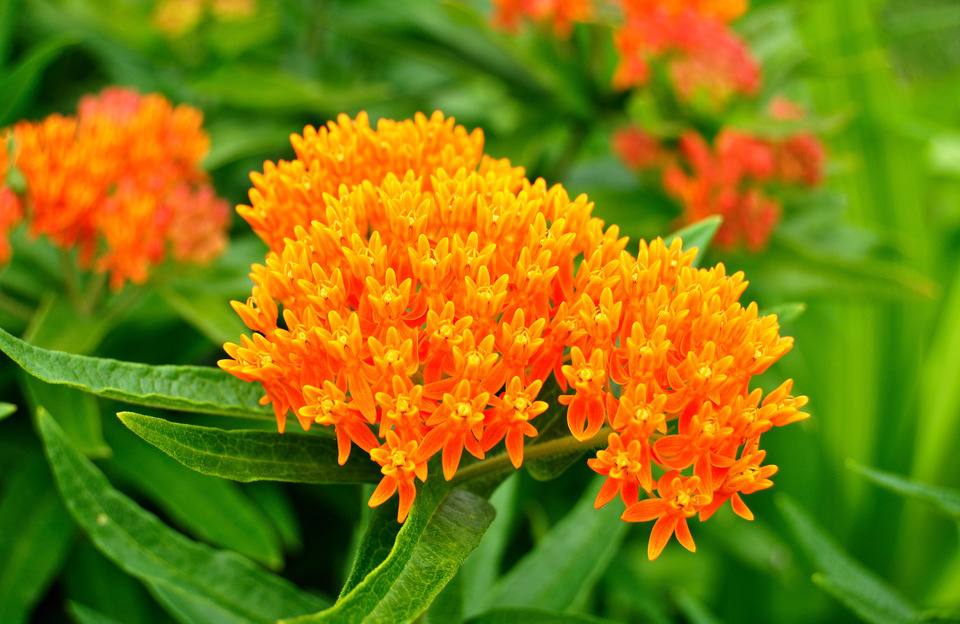Description
 Schizachyrium scoparium
Schizachyrium scoparium
Little Bluestem Grass
It typically matures to 2-4’ (less frequently to 5’) tall, and features upright clumps of slender, flat, linear green leaves (to 1/4“wide), with each leaf having a tinge of blue at the base. Purplish-bronze flowers appear in 3” long racemes on branched stems rising above the foliage in August. Flowers are followed by clusters of fluffy, silvery-white seed heads which are attractive and often persist into winter. Many consider the most outstanding ornamental feature of this grass to be its bronze-orange fall foliage color.
Native Range: Eastern North America
Zone: 3 to 9
Height: 2.00 to 4.00 feet
Spread: 1.50 to 2.00 feet
Bloom Time: August to February
Bloom Description: Purplish bronze
Sun: Full sun
Water: Dry to medium
Maintenance: Low
Suggested Use: Rain Garden
Flower: Insignificant
Leaf: Good Fall
Other: Winter Interest
Tolerate: Deer, Drought, Erosion, Dry Soil, Shallow-Rocky Soil, Black Walnut,
Air Pollution




Reviews
There are no reviews yet.